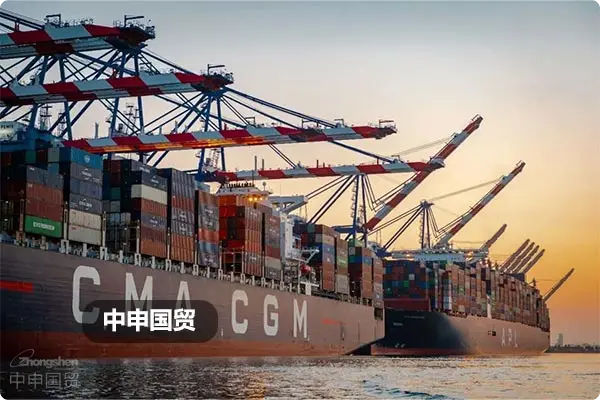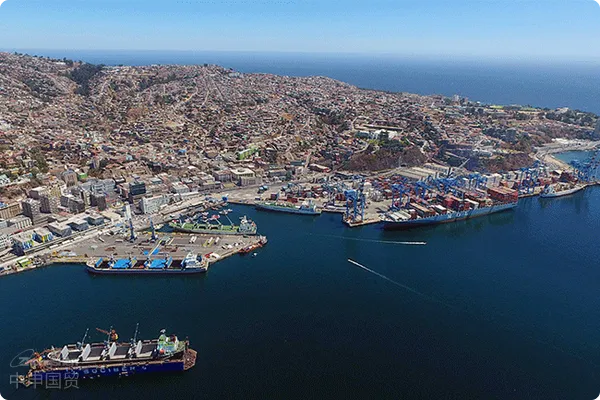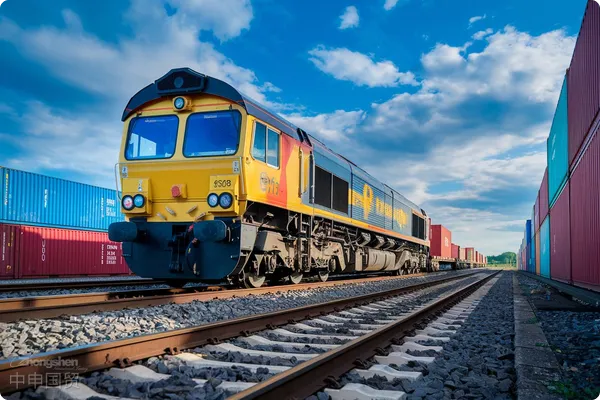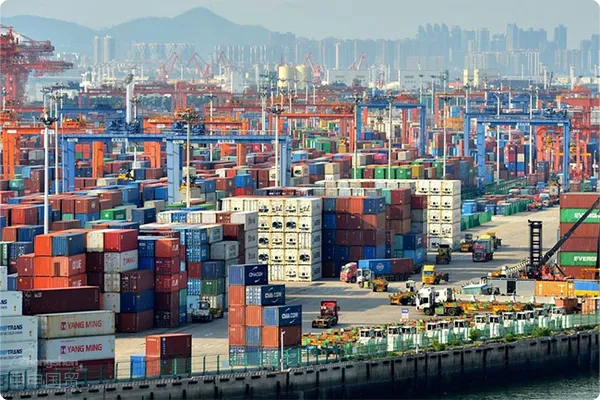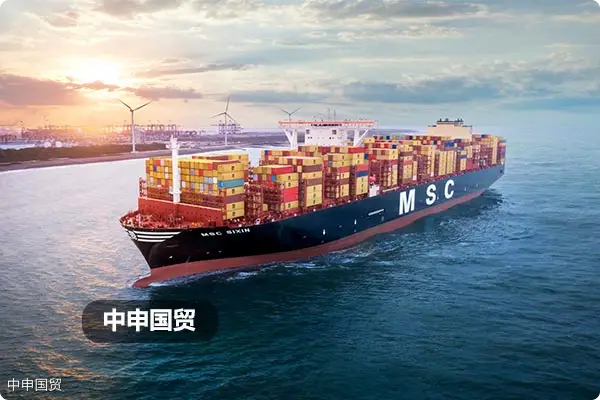- Shanghai Zhongshen International Trade Co., Ltd. - Two decades of trade agency expertise.
- Service Hotline: 139 1787 2118
In export business, you will always encounter new countries or processes you have never dealt with before. This time, we are facing the challenge of exporting LCL cargo to Egypt. Especially when the customer provides an ACID number, what should you do next? Don’t worry—let’s explore the operational steps for exporting to Egypt together. It’s not as complicated as you might think.

ACID Number: The First Step to Entering Egypt
The customer has already provided the ACID (Advance Cargo Information Declaration) number, which acts as a green channel for customs clearance of our goods in Egypt. In Egyptian exports, the ACID number is the foundation for cargo entry, and all documents and subsequent processes revolve around this number. Therefore, obtaining the ACID number is the starting point of the entire process and must be securely retained.
The next step is to promptly process the VOC (Verification of Conformity) certificate. This is one of the essential documents for Egyptian customs clearance, ensuring your goods comply with the destination country’s quality and safety standards. The VOC certificate processing time and related testing procedures may take some time, so be sure to allocate sufficient time before shipment.
When processing the VOC certificate, pay special attention to the following points:
- Selecting a qualified inspection agency: Ensure you choose an accredited third-party inspection agency to process the VOC certificate, as this is key to obtaining recognition.
- Preparing comprehensive product documentation: Technical specifications, test reports, and other product-related documents must be prepared in advance to expedite the certificate processing.
- Communicating in advance: Maintain good communication with the inspection agency to understand the required procedures and timelines, avoiding delays due to incomplete documentation or other issues.
Preparing Goods, Shipping, and Document Preparation
During normal goods preparation and shipping, follow the payment terms agreed upon in the contract. After completing the goods preparation, scan and send all documents to the customer for confirmation. These include commercial invoices, packing lists, certificates of origin, and any other documents required by the customer. Only after the customer confirms everything is correct can you proceed to the document upload step.
It is particularly important to note that Egypt often requires partial payment to be settled via documentary collection. Therefore, during goods preparation, confirm the bank details with the customer and ensure original documents are promptly sent to the customer’s bank to avoid customs clearance issues at the destination port due to document problems.
CARGOX System: The Key Step for Document Upload
After the goods are shipped and before arriving in Egypt, a critical step is uploading the relevant documents to the Egyptian customs system via the CARGOX system. This is an essential part of complying with Egypt’s latest export regulations, ensuring smooth customs clearance upon arrival.
The CARGOX system is Egypt’s officially designated platform for electronic document transmission, aimed at improving customs efficiency and reducing human errors. As an exporter, you must upload all required documents (such as commercial invoices, packing lists, bills of lading, etc.) to the CARGOX system before the goods arrive. Maintain communication with the customer, freight forwarder, or platform support to ensure every document meets the requirements.
We recommend choosing an experienced and reliable freight forwarder to assist with operations, especially in communicating the ACID number to the shipping company and guiding you through the CARGOX system upload process. A good freight forwarder can save you a lot of trouble.
Choosing a Reliable Freight Forwarder: The Key to a Hassle-Free Process
Throughout the process, selecting a trustworthy freight forwarder is crucial. A reliable freight forwarder will not only help transmit the ACID number to the shipping company and ensure all shipping documents are compliant but also provide guidance on uploading documents to the CARGOX system when needed. Especially for companies exporting to Egypt for the first time, an experienced freight forwarder is a vital safeguard for successfully completing the entire export process.
Summary: The Correct Operational Process for Exporting LCL Cargo to Egypt
In summary, the process for exporting LCL cargo to Egypt is not complicated—just follow the steps systematically. First, obtain the ACID number provided by the customer and process the VOC certificate. Then, proceed with normal goods preparation and shipping. After all documents are prepared and confirmed by the customer, upload them to the Egyptian customs system via CARGOX. During this process, confirm the payment method and documentary collection details, and work with a reliable freight forwarder to complete the final document transmission.
By following these steps, your LCL cargo export to Egypt will proceed smoothly. Of course, maintaining good communication with the customer and freight forwarder at every stage is also key to ensuring a seamless process.
Related Recommendations
? 2025. All Rights Reserved. 滬ICP備2023007705號(hào)-2  PSB Record: Shanghai No.31011502009912
PSB Record: Shanghai No.31011502009912
